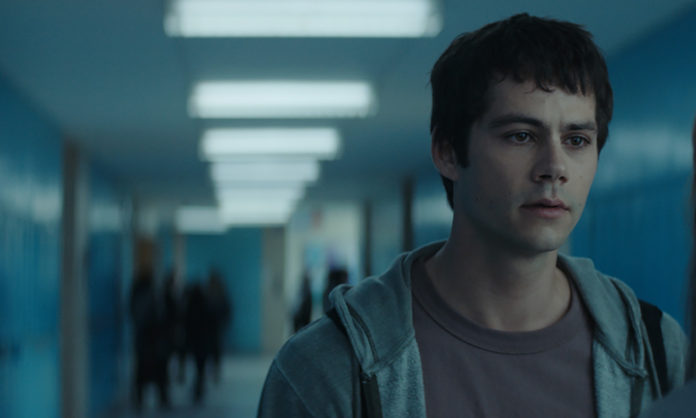In a post on Writers in the Storm, Tiffany Yates Martin offers advice on using flashbacks effectively. “Used unskillfully, flashbacks risk yanking readers right out of your story, confusing or overwhelming them with backstory, and stopping momentum in its tracks,” Martin writes. “Well executed and woven smoothly into a story, flashbacks can bring your characters more fully to life; deepen reader investment in and understanding of them and of their arcs; and make the story more vivid and visceral.”
So, how can use use flashbacks well? Martin suggests four questions to ask before you write one:
- What key information or action does the flashback contain? Never use flashbacks only to share something from a character’s past, Martin says. The information you relay should be specific and relevant. Ideally, it should tie into something happening in the present. Would you character experience this memory at this point in your story? What triggered this memory and how does it relate to or illuminate what’s happening now?
- How does the flashback essentially illuminate the character or story? The flashback information should move your character forward in the story. Rather than simply recounting a memory, that memory should prod your character into making a decision. The more pivotal the decision, the better.
- What makes a flashback the strongest way to present this information? Is there a reason you need to use a flashback to convey this information, rather than context or memory? “Depending on what information or action the flashback comprises, it may carry more emotional heft and resonance to briefly pull readers away from the current scene and let us live the flashback memory with the characters directly,” Martin says. IN general, a more internal scene lends itself to a flashback, where a high-stakes emotional scene does not.
- What makes it essential to show the flashback now? As suggested above, ask yourself why the reader needs this information now. “If there is no subsequent turning-point moment as a result of the flashback, no illumination of the main story that is essential for this scene to be most effective or carry deep resonance, or to move the story forward in some essential way, then using a flashback here may not be the best use of this powerful but potentially disruptive tool,” Martin says. “Alternatively, if the flashback presents crucial, specific information that is essential for the unspooling of the main story, and in particular this scene, then this could be the exact right place for it.”
Martin also shares advice for weaving your flashbacks into your story without jarring your reader and bringing your flashbacks to life with vivid details.












